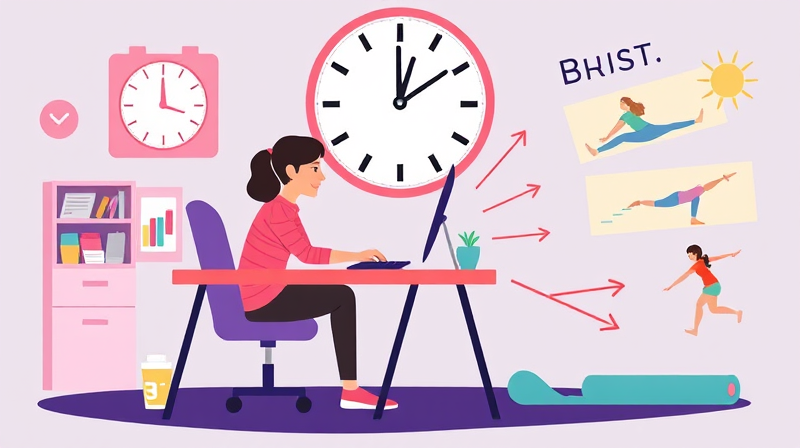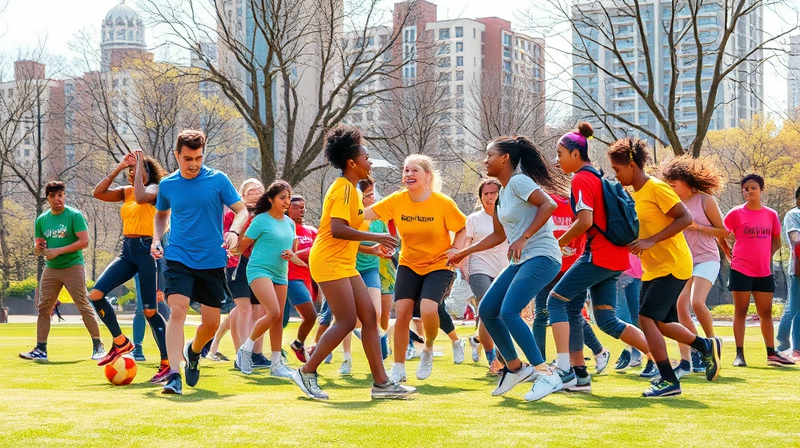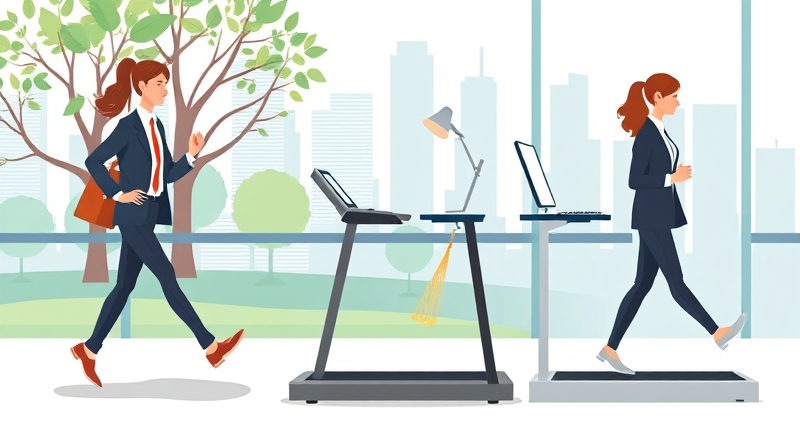Mobility is the foundation of optimal physical performance and overall well-being. It is what enables us to move freely and confidently in our daily lives. In this guide, we dive into a variety of techniques and expert advice designed to improve your range of motion, enhance joint functionality, and reduce muscle tension.
Understanding and improving mobility is not just about increasing flexibility; it involves building strength, maintaining control, and ensuring proper function of the joints. By incorporating these practices into your daily routine, you can lower the risk of injury while increasing the quality and fluidity of your movements.
Understanding the Core of Mobility Training
Mobility refers to the active ability of the body to move efficiently through a variety of ranges while keeping the muscles engaged and joints supported. This is different from flexibility, which is the passive ability of muscles to lengthen. Mobility training is critical because it helps maintain the perfect balance between strength and movement, impacting nearly every aspect of physical health and performance.
Some of the primary benefits include:
- Lowering Injury Risk: Proper mobility improves joint stability and control, reducing wear and tear from repetitive movements.
- Improving Strength: Enhancing your mobility can lead to stronger, better-supported muscles which efficiently bear loads during exercise.
- Optimizing Joint Functionality: Improved range of motion allows joints to perform at their best, supporting all physical activities.
- Enhancing Movement Quality: With a fuller range, you can achieve smoother, more coordinated movements.
Key Methods for Enhancing Mobility
There are various principles and exercises that contribute to improved mobility. This section highlights the techniques that have proven most effective:
Joint Mobilization involves performing controlled movements to gently ease joints into increased motion. This practice minimizes pain and stiffness, laying the groundwork for improved movement.
Dynamic Stretching is another critical technique that not only stretches muscles but does so while the body is in motion. Movements such as high knees, arm circles, and leg swings are excellent for preparing the body for more strenuous activities.
The practice of Myofascial Release focuses on relieving tension in the fascia—the connective tissue surrounding muscles. Using tools like foam rollers and massage balls, you can target problem areas to decrease tightness and boost blood flow.
Functional Range Conditioning (FRC) encompasses a system of exercises that seek to address every aspect of joint movement. By gradually expanding your joint's operating range, FRC techniques tend to provide long-term improvements in mobility.
Effective Mobility Exercises
There are specific exercises that cater to different parts of the body to ensure that each segment receives adequate attention:
- Upper Body Mobility: Exercises like shoulder dislocations help ensure the arms and shoulders move fluidly and without pain.
- Lower Body Mobility: Hip flexor stretches are essential to relieve tightness in the hip region and improve lower body fluidity.
- Full Body Mobility: The cat-cow stretch harmonizes spine movement with core engagement, making it an excellent overall exercise.
Practicing these exercises regularly can drastically reduce muscle tension and promote better movement quality in everyday activities.
Strategies to Reduce Muscle Tension
Muscle tension can hinder your mobility progress, but there are simple methods to alleviate it. Integrating muscle-relaxing strategies into your routine can help maintain optimal movement performance.
Effective approaches include:
- Employing self-massage techniques to work out knots and tension spots.
- Establishing a regular stretching routine to keep muscles elasticity intact.
- Ensuring that each workout session concludes with an appropriate cool-down to ease muscles into relaxation.
- Maintaining proper hydration and balanced nutrition to support muscle function and repair.
Incorporating Mobility into Daily Life
Successful mobility training requires consistency and gradual progression. Here are some ways to seamlessly include mobility work in your daily schedule:
- Start your day with a brief yet comprehensive mobility sequence to awaken your body.
- Warm up with dynamic stretches before any intense activity.
- Use myofascial release techniques after exercising to assist in recovery.
- End your day with gentle stretching to unwind and relax your muscles.
Remember, the key to significant improvements lies in consistency. Even small, daily efforts can lead to substantial, long-lasting changes in muscle tension and joint mobility.
The Role of Breathing in Mobility
Often underestimated, proper breathing techniques can greatly enhance the efficacy of mobility exercises. Focusing on deep, diaphragmatic breathing not only promotes relaxation but also increases the range of motion during stretches. Incorporating mindful breathing practices can result in more effective movement and a reduction in overall muscle tension.
This connection between breathing and mobility underlines the holistic nature of physical fitness. Consciously aligning your breath with movement can create a fluid, harmonious workout routine that benefits both the mind and body.
In conclusion, enhancing mobility and reducing muscle tension is a multifaceted approach that requires regular practice and a blend of techniques ranging from dynamic stretching to mindful breathing. By adopting these methods, you are not only boosting your physical performance but also investing in your long-term health and well-being. Stay inspired and be consistent in your efforts, and you will witness remarkable improvements that extend far beyond the physical realm.
Each step you take towards enhancing your mobility contributes to a healthier, more agile version of yourself. Embrace these practices, listen to your body, and allow your journey towards improved mobility to empower you every day.








